Germany is probably the least understood among the European countries. After the reunification of Germany, there has been a significant transformation, making it a very interesting tourist destination. Berlin is by far, the most visited city of Germany. There are also other cities which boast of a rich cultural heritage, worth visiting. Here we put together a list of historical monuments and buildings in Germany that we think, you should see.
10 Holstentor
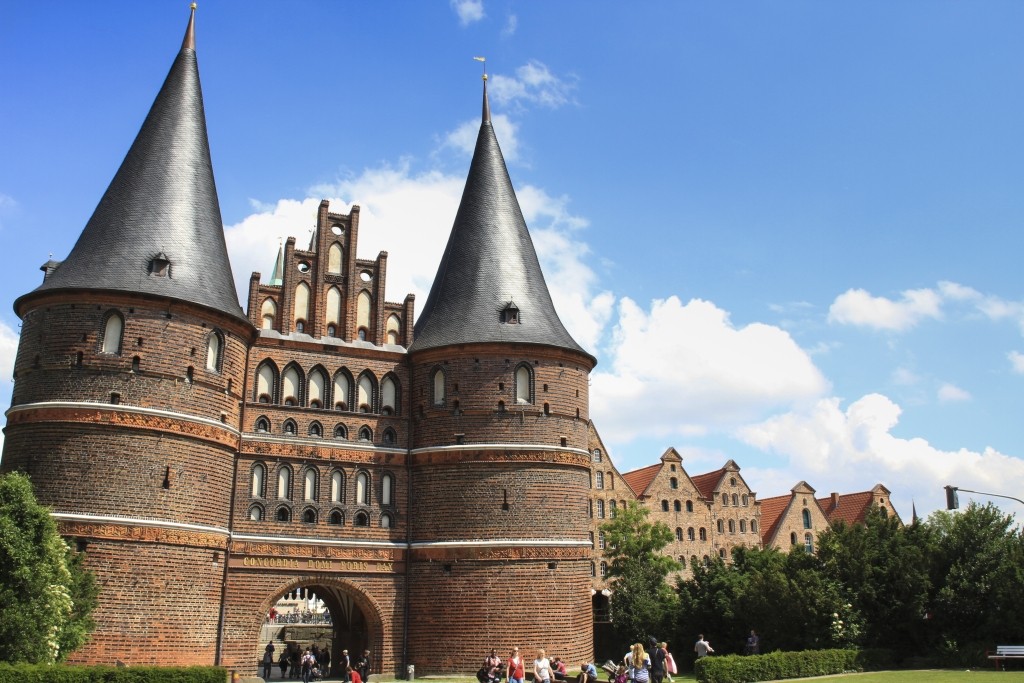
The Holstentor is one of the two remaining city gates of the city of Lübeck. Built in 1464, the gate now serves as a museum. Because of its two captivating round towers and arched entrance it is regarded as a symbol of Lübeck. Together with the old city center (Altstadt) of Lübeck it is one of the top tourist attractions in Germany.
9 Cologne Cathedral
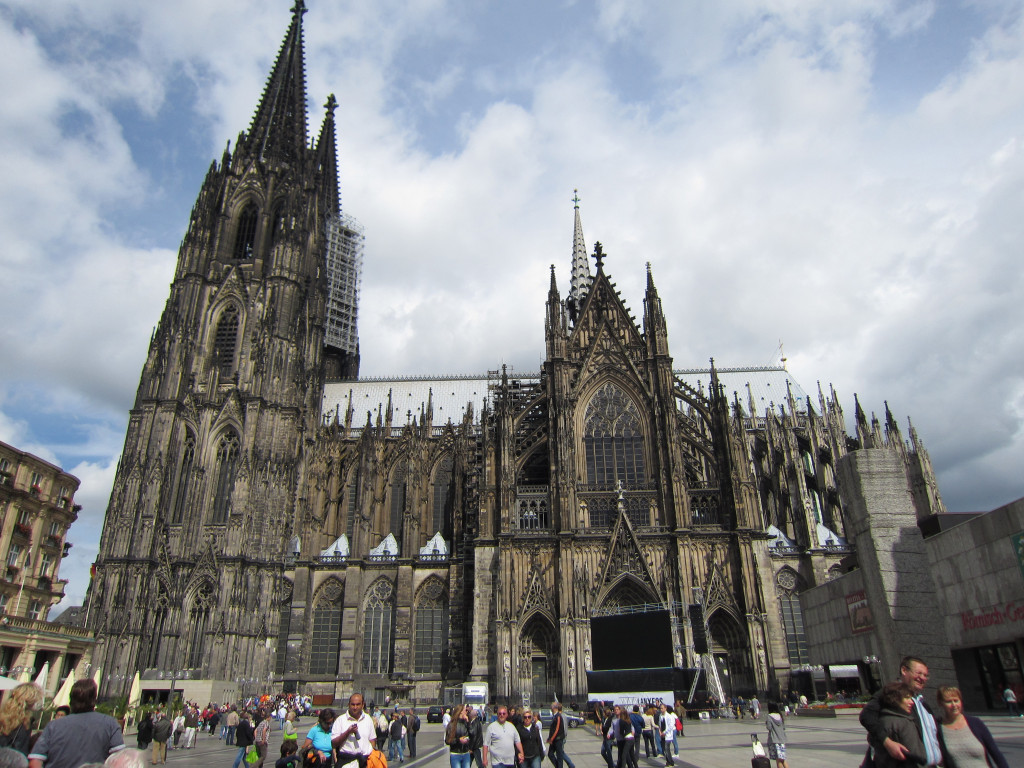
Easily the greatest Gothic cathedral in Germany, Cologne Cathedral (Kölner Dom) has been Cologne’s most famous landmark for centuries. Construction of the Cologne Cathedral began in 1248 and took, with interruptions, more than 600 years to complete. It is dedicated to the saints Peter and Mary and is the seat of the Catholic Archbishop of Cologne.
8 Dresden Frauenkirche
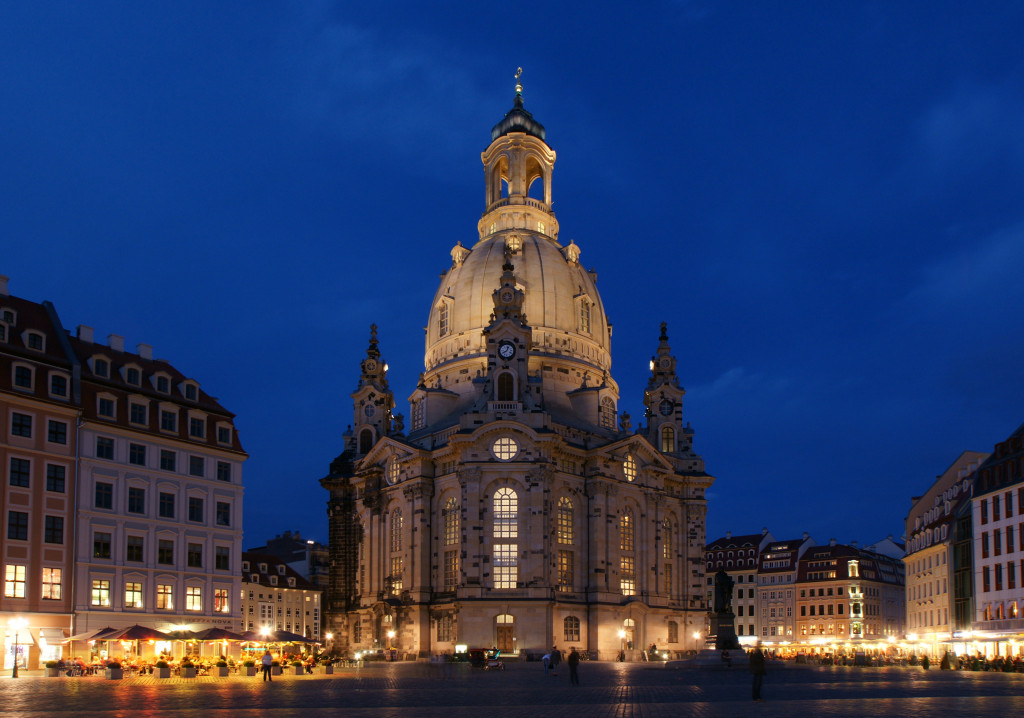
The Dresden Frauenkirche (Church of Our Lady) is a Lutheran church in Dresden, the capital of the German state of Saxony. Built in the 18th century, the church was destroyed in the bombing of Dresden during World War II. The remaining ruins were left as a war memorial, following decisions of local East German leaders. The church was rebuilt after the reunification of Germany, starting in 1994. The reconstruction of its exterior was completed in 2004, and the interior in 2005. The church was reconsecrated on 30 October 2005 with festive services lasting through the Protestant observance of Reformation Day on 31 October. The surrounding Neumarkt square with its many valuable baroque buildings was also reconstructed in 2004.
7 Brandenburg Gate

The Brandenburg Gate is the only surviving city gate of Berlin and symbolizes the reunification of East and West Berlin. Built in the 18th century, the Brandenburg Gate is the entry to Unter den Linden, the prominent boulevard of linden trees which once led directly to the palace of the Prussian monarchs. It is regarded as one of the most famous landmarks in Europe.
6 Neuschwanstein- The Ultimate Fairytale Castle
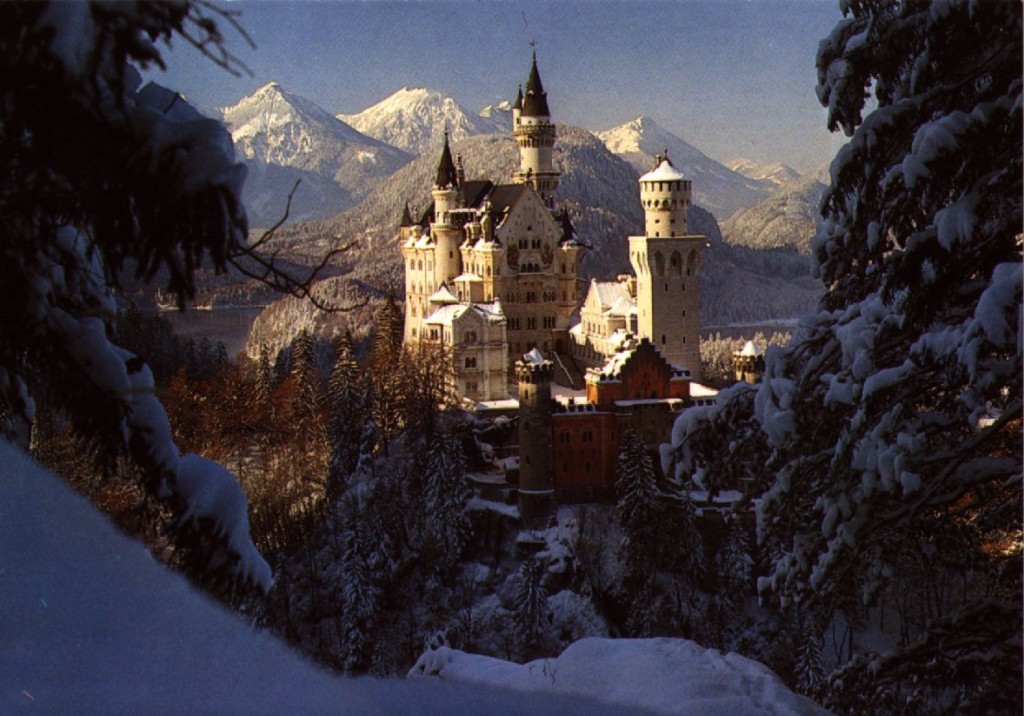
The ultimate fairytale castle, Neuschwanstein is situated on a rugged hill near Füssen in southwest Bavaria. It was the inspiration for the Sleeping Beauty castles in the Disneyland parks. The castle was commissioned by King Ludwig II of Bavaria who was declared insane when the castle was almost completed in 1886 and found dead a few days later. Neuschwanstein is the most photographed building in the country and one of the most popular tourist attractions in Germany.
5 Sanssouci Park and Palace, Potsdam
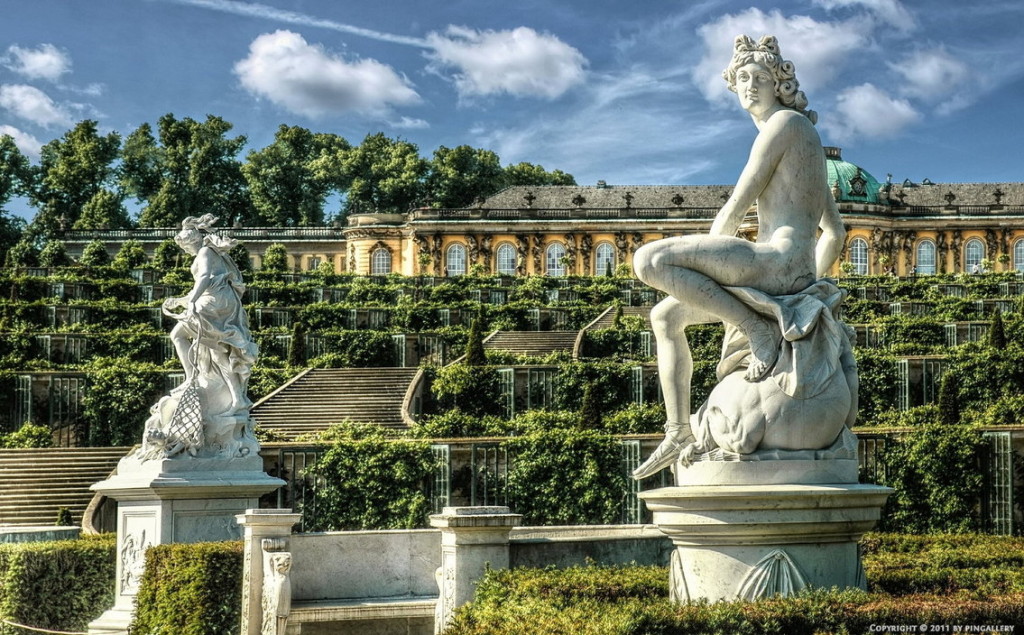
Spectacular Sanssouci Park, laid out between 1744 and 1756, is considered the most celebrated example of Potsdam Rococo. Reflecting the personal influence of Frederick the Great, the park includes a lovely Baroque flower garden, more than 3,000 fruit trees, and numerous greenhouses. It’s a pleasure strolling around this huge park, especially the straight-as-an-arrow, two-and-a-half-kilometer-long avenue, shielded on each side by trimmed hedges, perfect lawns, and gorgeous gardens. A number of park buildings are worth exploring, too, in particular the Picture Gallery with its many works of art; the exquisite Chinese House, an extremely elaborate garden pavilion; and the wonderful Roman Baths complex. The Palace itself, a single-story Rococo building with an elliptical dome in the center and a circular room at each end, is notable for its large oval Marble Hall and sumptuous apartments.
4 Miniatur Wunderland and the Historic Port of Hamburg
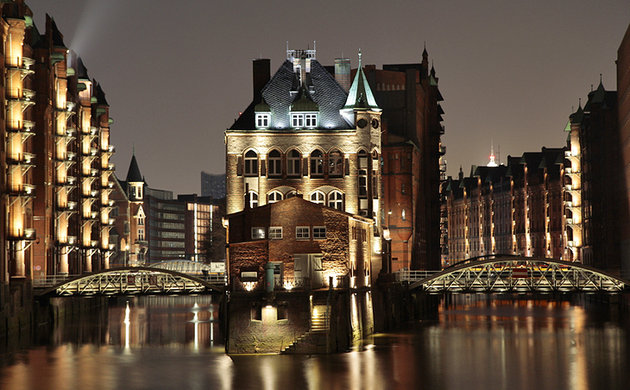
n the heart of the historic Port of Hamburg, the magnificent Miniatur Wunderland, the world’s largest model railway, is an attraction that appeals equally to young and old alike. Boasting more than 12,000 meters of track, this massive scale model includes sections dedicated to the USA and Scandinavia (as well as Hamburg) and incorporates 890 trains, more than 300,000 lights and in excess of 200,000 human figures. It’s not unheard of for guests to spend many hours exploring this fascinating world with its remarkably detailed miniature airports (and planes that actually take off!), crowded cities, quaint rural scenes, and bustling harbors. Speaking of harbors, be sure to explore the vast Port of Hamburg while you’re there. Covering 100 square kilometers, this huge tidal harbor known as the Gateway to Germany is best explored by boat. Afterwards, visit the harborside promenade, a lovely pedestrian route, and the Warehouse District with its continuous lines of tall brick-built warehouses.
3 Museum Island in Berlin

World-famous Museumsinsel, or Museum Island, lies between the River Spree and the Kupfergraben – a 400-meter-long canal off the river – and includes many of Berlin’s oldest and most important museums. The heart of this pedestrian-friendly district is the Old Museum, constructed in 1830 as a place to exhibit the royal treasures. Soon after, the land behind the museum was set aside for art and the “knowledge of antiquity.” Between 1843-55 the New Museum took shape, and the National Gallery was added in 1876, along with the Bode Museum, built in 1904 and home to collections of antiquities. Another highlight of a walking tour of these spectacular museums is the Pergamon with its recreated historic buildings from the Middle East. But be warned: there’s so much to see among these amazing museums that you can’t possibly cram it all into a single day.
2 Bamberg and the Bürgerstadt
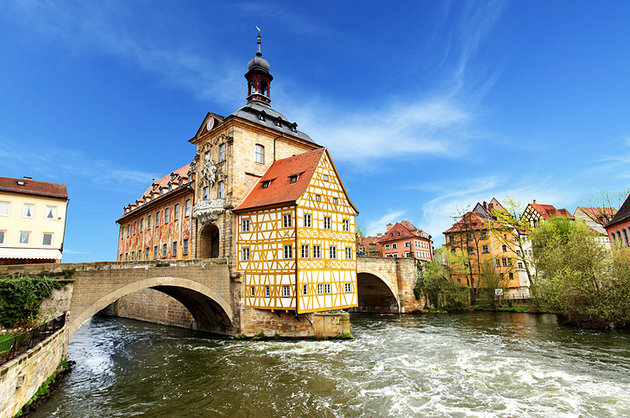
In the valley of the Regnitz where the river divides into two arms, Bamberg, the old imperial city and the most important town in Upper Franconia, is one of the best preserved of Germany’s many charming old towns. Its old episcopal quarter is home to the 13th-century cathedral and the old Benedictine abbey of Michaelsberg. It’s between the two river branches that you’ll find spectacular Bürgerstadt, a small borough of Bamberg that contains the Grüner Markt, an excellent pedestrian zone that’s home to the 17th-century Baroque church of St. Martin and, to the north, the New Town Hall, or Neues Rathaus, built in 1736. Perhaps the town’s most important structure, however, is the Old Town Hall, built on top of the Obere Brücke (Upper Bridge).
1 The Berlin Wall Germany
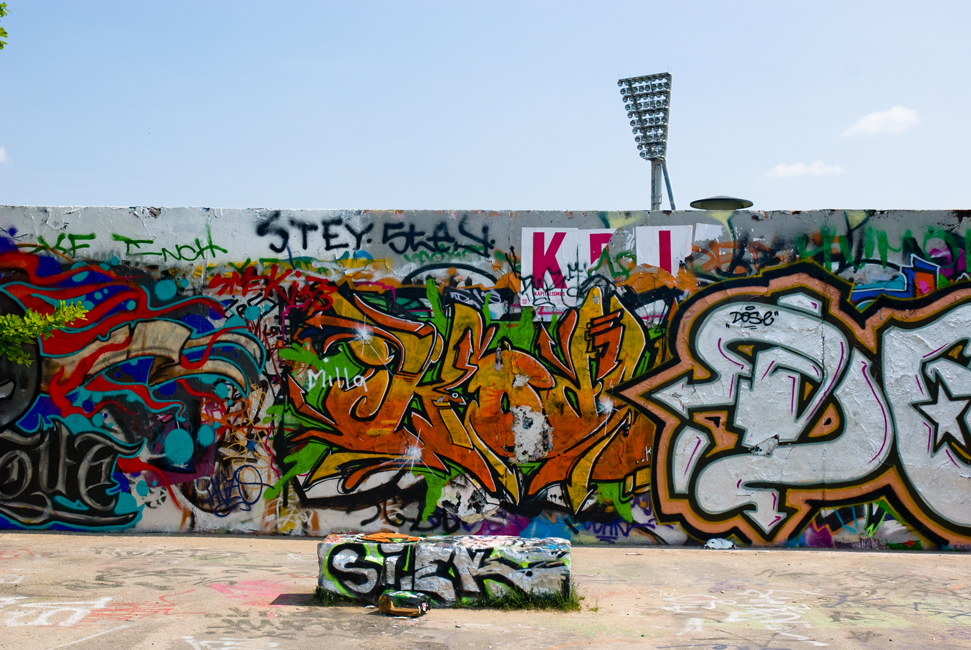
While not exactly the most picturesque of places, the Berlin Wall – or what’s left of it – is one of those attractions that any visitor to Berlin simply must see, if only to say they’ve been there. Built in 1961, the wall was the most visible manifestation of the Cold War mentality that existed after WWII, and by the time it was torn down in 1990, it extended some 155 kilometers. Thankfully, all that remains of the wall today are small graffiti-covered sections, stark reminders of the more than 70 people who died trying to escape from the East. Sections of preserved wall include a short stretch at infamous Checkpoint Charlie, as well as a section at Humboldthafen opposite the Reichstag Building on which the victims of the wall are listed. Also of note is the excellent Berlin Wall Exhibition, with its permanent exhibits relating to the Berlin Wall, and the Berlin Wall Memorial.

